Sign up for our Book Club newsletter
Get the latest news, events and more from the Los Angeles Times Book Club, and help us get L.A. reading and talking.
You may occasionally receive promotional content from the Los Angeles Times.

For our Ultimate L.A. Bookshelf, we asked writers with deep ties to the city to name their favorite Los Angeles books across eight categories or genres. Based on 95 responses, here are the 14 most essential L.A. memoirs and biographies, from Hollywood tell-alls to immigrant sagas, hard lives (Luis J. Rodriguez) and spectacular flameouts (Freeway Rick Ross).
…
Adobe Days by Sarah Bixby Smith, 1925
The book’s subtitle reads, in part, “Being the Truthful Narrative of the Events in the Life of a California Girl on a Sheep Ranch and in El Pueblo de Nuestra Señora de Los Angeles While It Was Yet a Small and Humble Town.” From 1866-81, the Bixby family owned Rancho Los Cerritos (now a museum) in Long Beach. Although Smith’s well-meaning memoir is not free of the prejudices of its day, it provides an intimate look at Southern California’s remote agrarian past. — CK
What makes writers’ favorite memoir on the Ultimate L.A. Bookshelf Luis J. Rodriguez’s ‘Always Running’? It’s a personal story that aims to save us all.
Laughing in the Jungle by Louis Adamic, 1932
Adamic coined the phrase “the enormous village” to describe life here, as if L.A. were a small town that had grown too large. He didn’t mean it as a compliment. An acerbic critic of the boosters (he worked as a watchman in San Pedro harbor, which gave him a particular sort of insight), he considered Southern California “a bad place — full of old, dying people, and young people who were born of tired pioneer parents, victims of America.” His other books include “Dynamite: The Story of Class Violence in America,” which features an account of the 1910 firebombing of The Times. — DLU
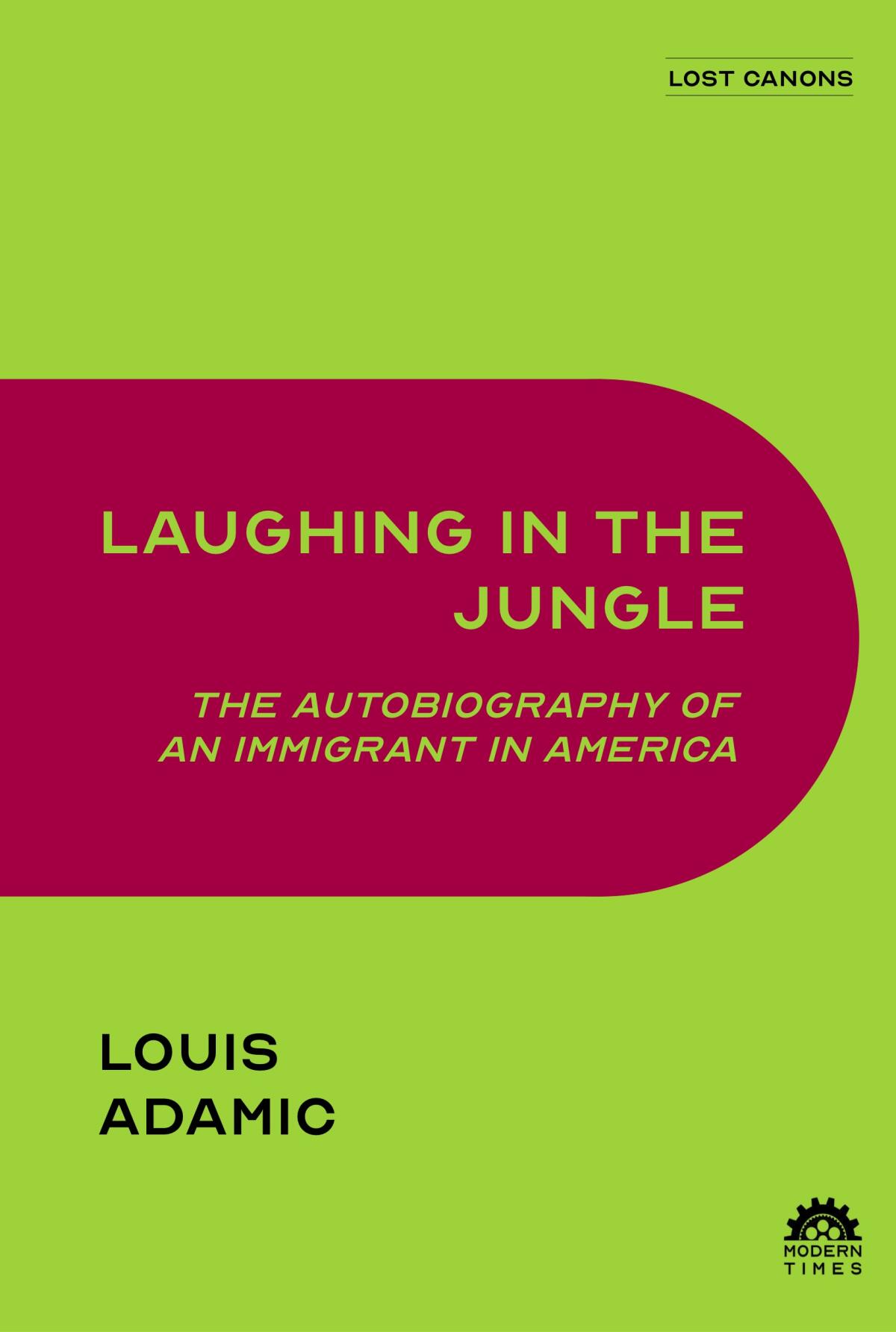
America Is in the Heart by Carlos Bulosan, 1946
Bulosan’s second book is a cornerstone of Filipino-American literature, an autobiographical novel (often referred to as “a personal history”) that begins with the author’s boyhood before following him to the U.S., where he works as a laborer and is exposed firsthand to the scourge of racism. In Los Angeles, he witnesses a police shooting in a poolroom and laments the despair and dissolution in his own community. “I could stand the poverty,” Bulosan writes, “but this desperate cynicism disturbed me. … Was there no hope for them?” — DLU
In advance of the 2023 L.A. Times Festival of Books, we surveyed 95 writers and culled 110 works into the Ultimate L.A. Bookshelf. Get ready for some surprises
Tallulah by Tallulah Bankhead, 1952
The Alabama-born performer was so famous in the 1920s that she didn’t need her last name. Known for her beauty, ambition, throaty voice and sparkling talent, Tallulah floated on throngs of fangirls, as puzzling to serious critics as Swifties are today. Late in life she made her mark with this no-holds-barred showbiz memoir. Shockingly oversharing — opium! all-night parties! cold gossip! — she goes easy on the romances, for it was 1952. She pretty much hated Hollywood and deftly takes down producers and moguls. Yet her performance in Alfred Hitchcock’s “Lifeboat” is what endures. — CK
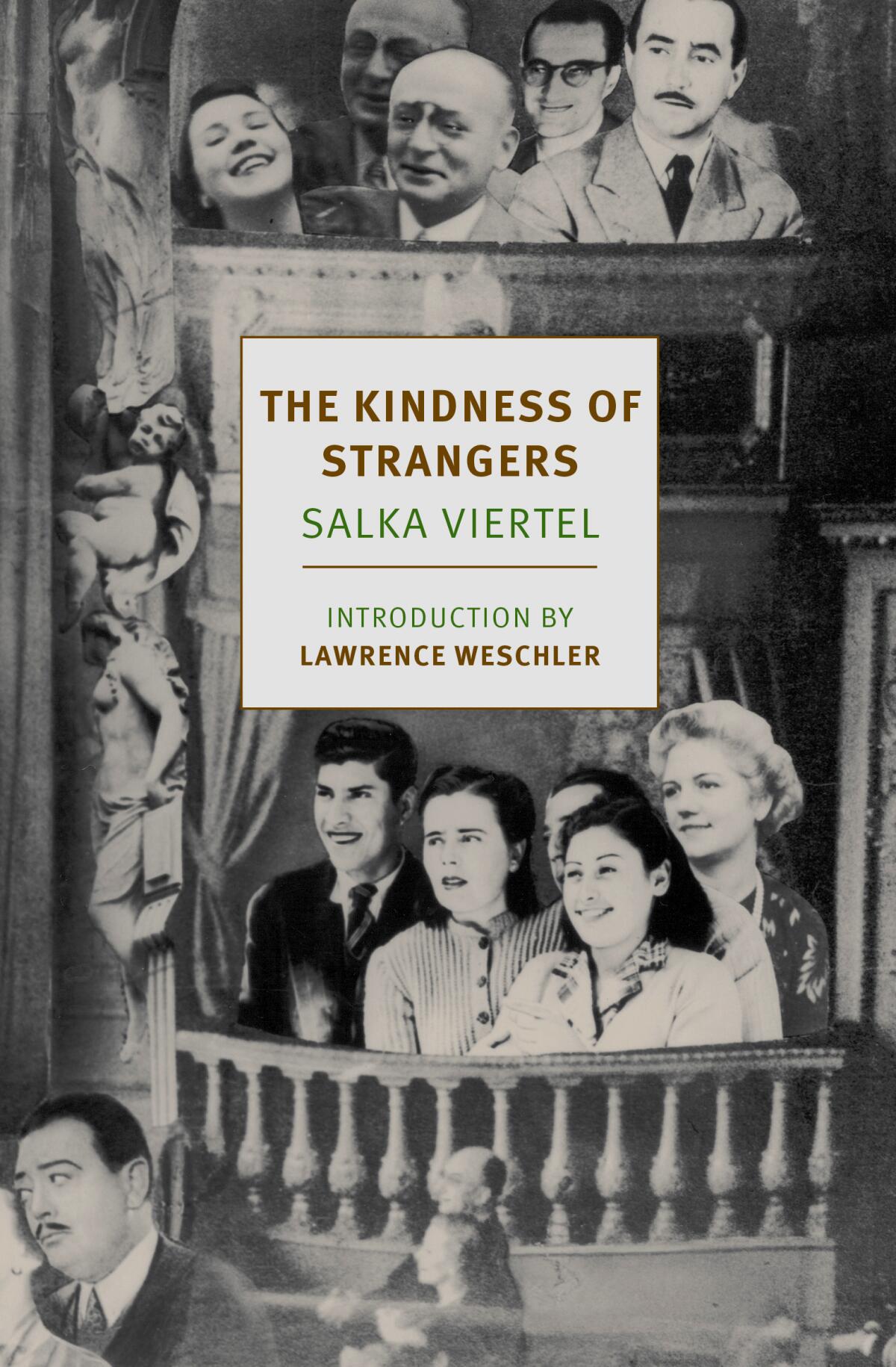
The Kindness of Strangers by Salka Viertel, 1969
Viertel was born into a prominent Jewish family in what is now Ukraine and had a successful European acting and writing career along with her husband, Berthold, a director. They had work in Hollywood when they arrived in 1928, preceding the surge of European refugee artists. Viertel warmly recounts the weekly salons she hosted at her Mabery Road home in Santa Monica, where the Manns, the Schoenbergs and the Stravinskys crossed paths with Garbo, Chaplin and other Hollywood royalty and Christopher Isherwood lived in the garage apartment. Looking back, there is a sad thread of displacement; she would eventually have to sell the home that had served so many as a refuge. — CK
Diaries, 1939-1983 (in 3 volumes) by Christopher Isherwood
In 1939, upon his arrival in L.A. from war-shadowed Europe, Isherwood wrote, “We had an hour to spare, and we spent it finding an apartment.” (Sigh.) There began what Pico Iyer calls Isherwood’s “exhilarated discovery of a New World Palestine.” The quiveringly clear prose of his diaries reveals a virtuoso of the first impression. He met nobody without confiding an acute, occasionally wicked impression to his notebook. Isherwood died in 1986, in a place no less strange half a century after he first beheld it. Our landscape, he once wrote, gently breaks it to a visitor that “I am not part of your neurosis.” — DK

Adventures in the Screen Trade by William Goldman, 1983
This stinging professional memoir may be the smartest, funniest book on screenwriting since “How to Write Photoplays.” Most of Goldman’s nonfiction is a model of reader rapport. “Adventures” has chapters on almost a dozen of his films, none of which he’s completely proud of; this book, like almost all Goldman’s movies (including “Butch Cassidy and the Sundance Kid” and “All the President’s Men”), is ultimately about failure. But Neil Gaiman and Stephen King rightly cite him as a master, and it’s fair to say he redefined American popular storytelling. — DK
Oscar-winning screenwriter William Goldman, who penned the scripts for the seminal Robert Redford films “Butch Cassidy and the Sundance Kid” and “All the President’s Men,” as well as the beloved comedy “The Princess Bride,” has died.
Always Running by Luis J. Rodriguez, 1993
A former Los Angeles poet laureate has become an essential Southern California voice. In many ways, that arc begins with this memoir, which chronicles his experience as a young man involved with gangs and drugs. What’s remarkable about the book is its clarity; Rodriguez never lets anyone, himself included, off the hook. At the same time, he makes a vibrant case for the salutary effects of art and community. “The more we know, the more we owe,” he writes. “This is a responsibility I take seriously.” As William Archila puts it, “Finally, an L.A. story about a world I could relate to.” — DLU
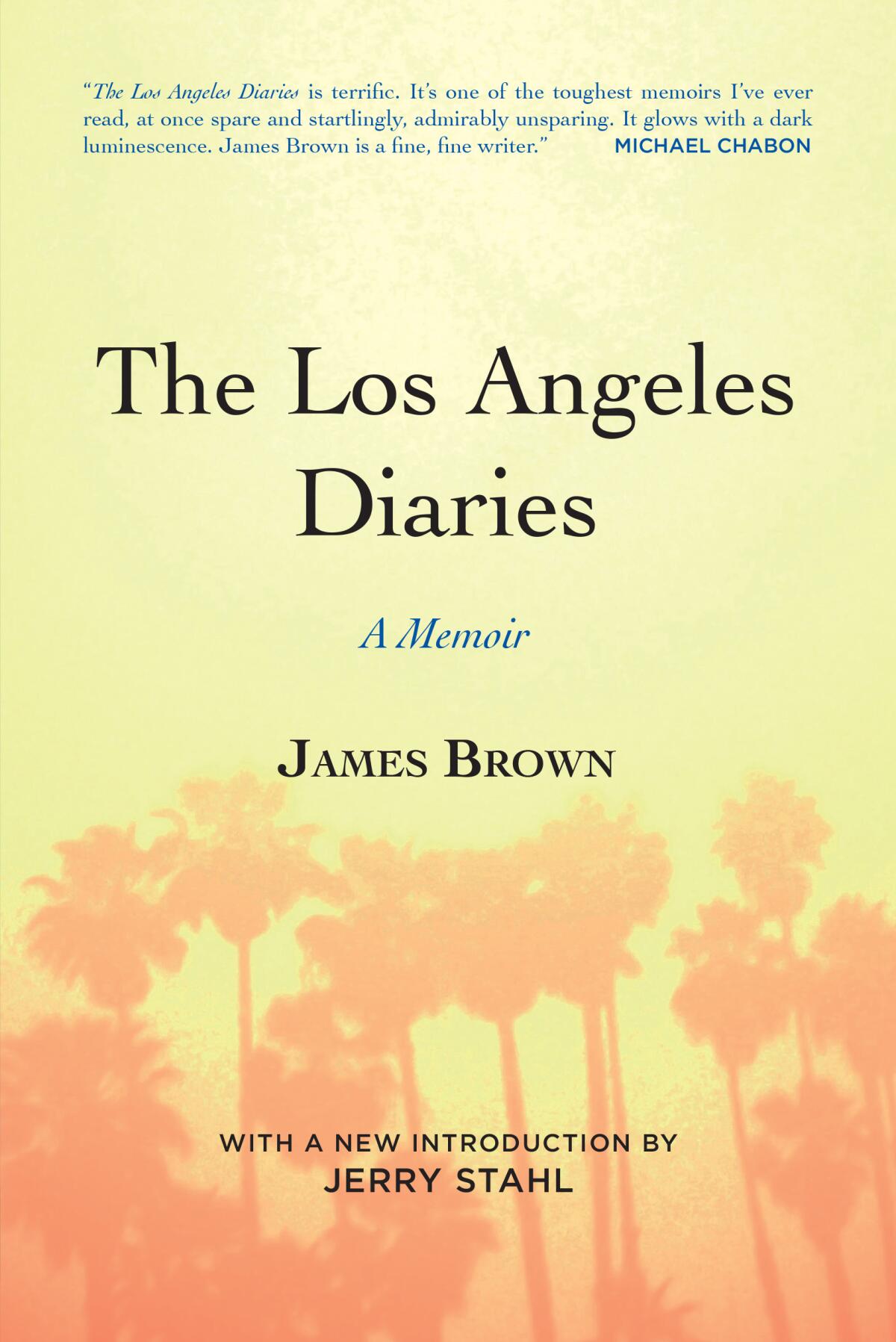
The Los Angeles Diaries by James Brown, 2003
This “master of the memoir,” per publisher Dan Smetanka, had a lot to work with: a childhood sexual assault, an arsonist mother, clinically depressed siblings, booze and heroin. But memoirs of compound misery aren’t hard to come by. Brown as a writer is both graceful and blunt. Tod Goldberg points to one chapter, “Fire”: “It begins, ‘Winter is the season of the arsonist in Southern California,’ and by the end, Brown’s entire world is on fire — his creative ambitions, his addictions, his relationships, everything at once, has immolated. A beautiful bit of destruction. An essential book about the city … poetic, tragic, powerful.” — BK
Luis J. Rodriguez on his new book, ‘From Our Land to Our Land’; his experience as L.A. poet laureate, and the issues surrounding ‘American Dirt’
Freeway Rick Ross by Rick Ross and Cathy Scott, 2014
Crime kingpin memoirs are mostly alike. The humble origin, the meteoric rise, the lavish excess and the contrition after the fall are recounted faithfully, with the result feeling — usually — like a Scorsese film without the wit or the sumptuous details. What sets “Freeway” Rick Ross’ “Untold Autobiography” apart (the title’s oxymoron aside) is a certain spareness, a clear-eyed humility with which Ross recounts not just his own rise in the cocaine trade in 1980s South L.A., but his relationship with the CIA operative involved with his rise and fall. It feels closer to Huey Newton’s “Revolutionary Suicide” or Eldridge Cleaver’s “Soul on Ice” — an essential piece of Los Angeles literature. — MS
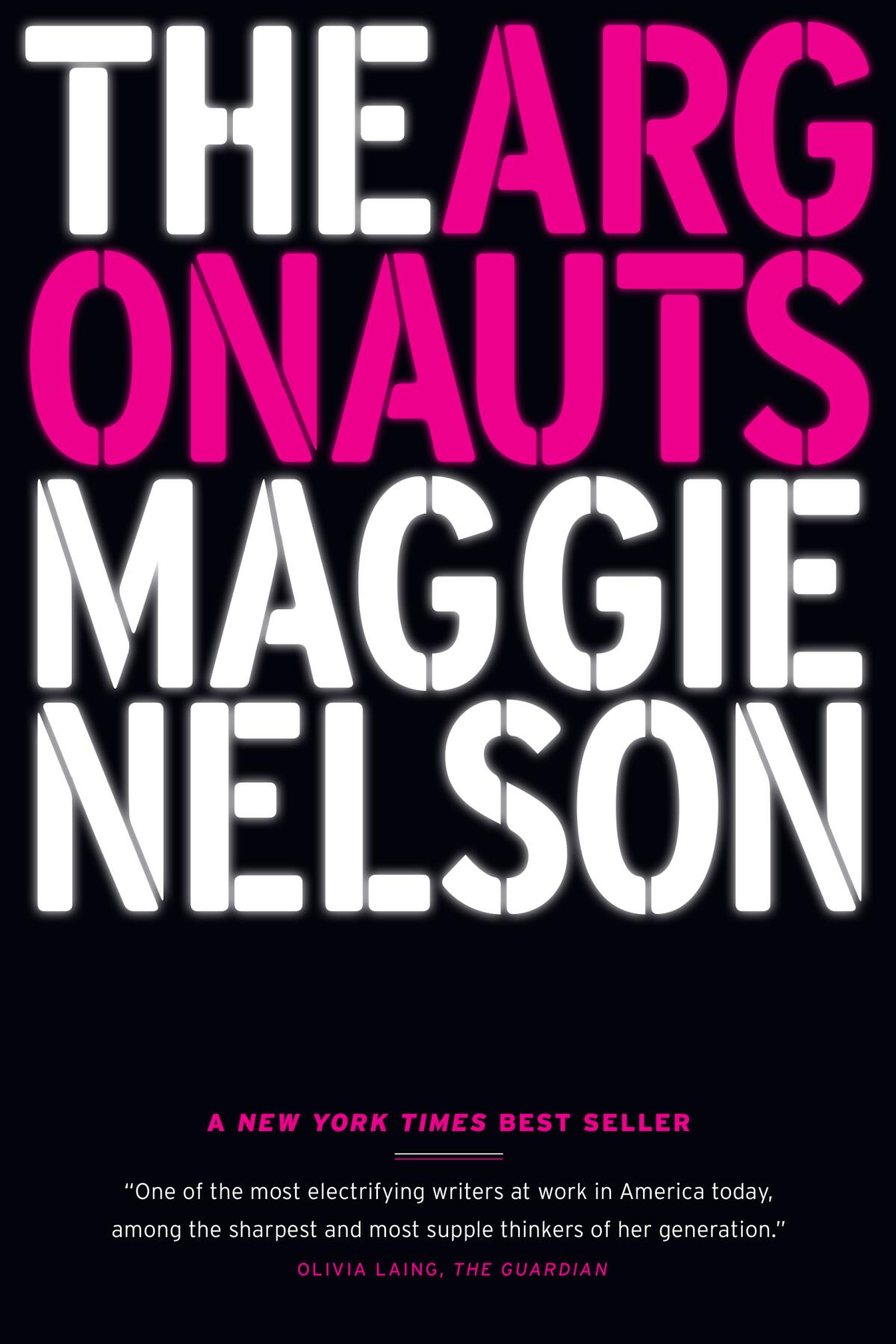
The Argonauts by Maggie Nelson, 2015
To label “The Argonauts” a memoir is to classify the unclassifiable — a book critic Olivia Laing described as “now memoir, now poetry, now philosophy, now criticism, too fleet and witty and subtle to be pinned down.” The work orbits around the union of Nelson (who teaches at USC) and artist Harry Dodge (who is gender fluid) and the birth of their child. It is also a disquisition on the body, the nature of identity and the brutality of love. “To let the baby out, you have to be willing to go to pieces,” she writes of childbirth. An apt metaphor for the effort it takes to bring ideas to the page in such stirringly elegant ways. — CAM
On a summer break in the early 1990s, a friend passed me a well-thumbed copy of Jean Stein’s “Edie: An American Biography,” an oral history about the life of Edie Sedgwick, the socialite-bohemian who’d been a fixture at Andy Warhol’s Factory studio.
West of Eden by Jean Stein, 2016
Stein’s oral histories are masterful. This follow-up to her landmark Edie Sedgwick biography tells the story of L.A. through the eyes of ambitious tycoons, movie moguls and starlets, including the Dohenys, the Warners and Stein’s own father, Jules. Tales of rise and fall, luxury and mental disarray can get repetitive, but Stein makes it feel fresh and intimate, as if making you privy to conversations usually confined to exclusive clubs and private bedrooms. — CAM
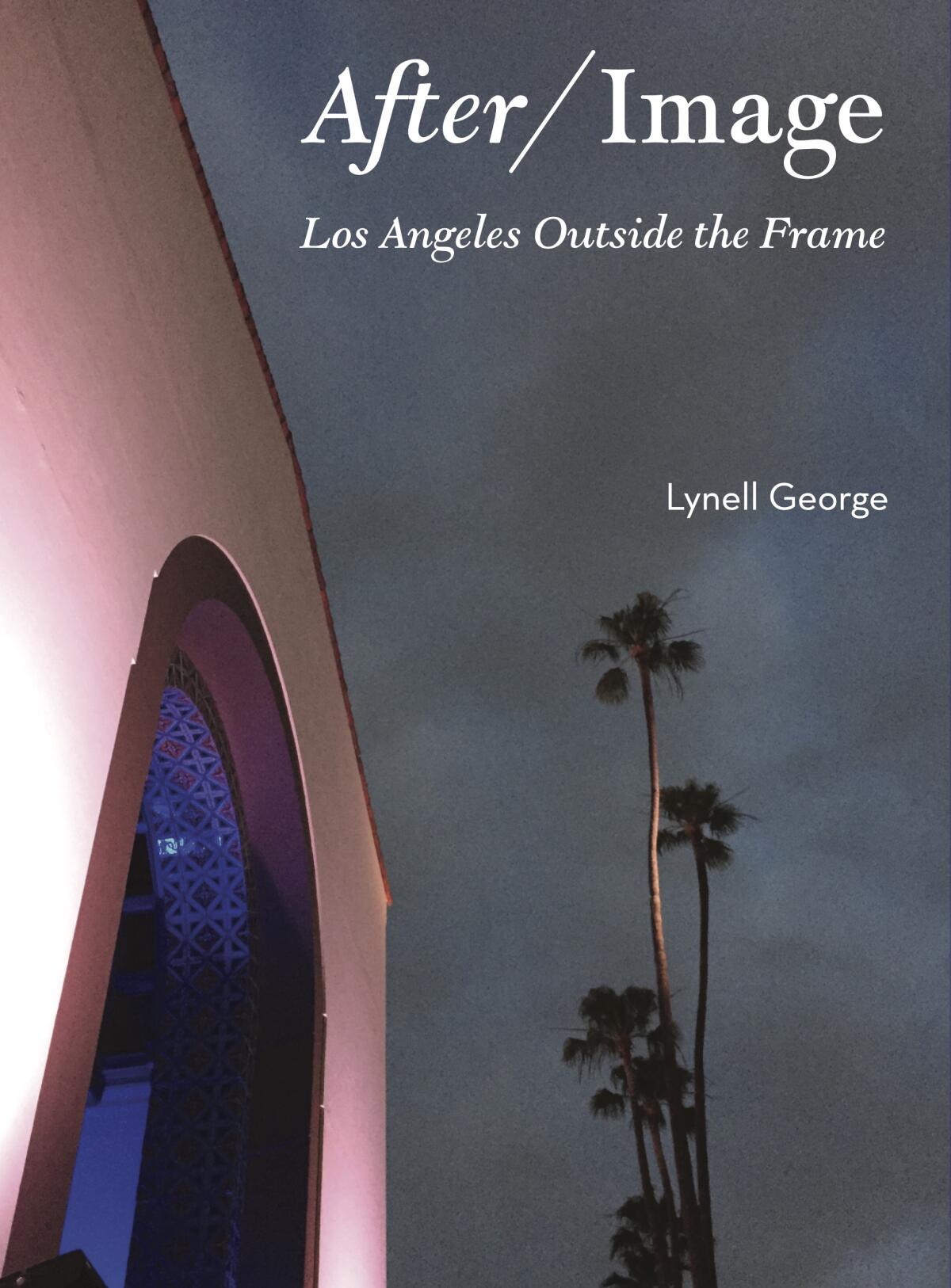
After/Image by Lynell George, 2018
In her second book, George combines essay and image to ask penetrating questions about place in Los Angeles. At heart are the neighborhoods, which makes “After/Image” something of a walker’s book. But George is no mere flâneur. She writes about the city from the inside, as someone who was born and raised here and who is concerned with what’s been lost as well as what has been preserved. As Rosecrans Baldwin astutely observes: “George shows the city as both dream and home and explores how the two commingle, something imaginary and all too concrete.” — DLU
Dear Los Angeles, edited by David Kipen, 2018
A Spanish friar records three earthquakes on the day he and his fellow missionaries baptize the Río Porciúncula. Bertolt Brecht jots an entry into his journal about the internment of Japanese Americans. Marilyn Monroe dashes off a thank-you note to the German consul for a gift of champagne. “Dear Los Angeles” is the atomized portrait of an atomized city. Its editor pored over centuries of personal chronicles to assemble an impressionistic diary organized by day. It is, writes Greg Goldin, a “twisting, turning, twirling through the firsthand experience of the biology, geography, biography, myths, and all else of Los Angeles.” — CAM
Sign up for our Book Club newsletter
Get the latest news, events and more from the Los Angeles Times Book Club, and help us get L.A. reading and talking.
You may occasionally receive promotional content from the Los Angeles Times.